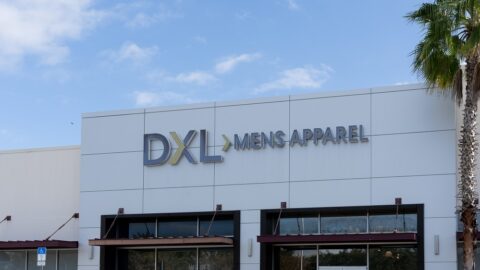Retailers rely on their ability to bring new products to their customers as a key competitive advantage, but the new product introduction process can be frustratingly slow. Often that’s because retailers must rely on B2B partners such as vendors, suppliers and manufacturers to provide them with the accurate, complete and consistent information needed to hasten the process.
Unfortunately for all concerned, these partners don’t always hold up their end of the bargain. Up to 33% of global B2B decision makers say their product has frequently been pulled from shelves or delayed because of inaccurate or inconsistent product information, while 29% say global product launches are unsuccessful because of technology limitations, according to a survey from InRiver.
As many as 45% of businesses take at least six to 11 months to create or update product content for a new channel or market, while another 21% spend between one and two years on these tasks. These introduction delays create problems for both retailers and manufacturers.
Retailers often do a better job than their wholesale/B2B counterparts in conveying product information succinctly to shoppers, according to Steve Gershik, CMO at inRiver, due to their use of SaaS-powered platforms that can more easily identify how customers are making purchasing decisions. This data can be used by retailers to adapt to shoppers’ needs and provide relevant product content so that consumers can make the most informed purchase decisions.
Gershik refers the use of these platforms as “adaptive merchandising,” which enables retailers to automate translation, localization and syndication of product information for new markets, all while streamlining it across channels, partners and marketplaces.
“The product information is the proxy for a person,” said Gershik in an interview with Retail TouchPoints. “If they’re not thinking about how they’re going to merchandise their products before talking to a customer, they’re probably not going to have a customer to talk to.”
As E-Commerce Competition Goes Global, Businesses Must Sell Product As An Experience
The continued growth of e-Commerce certainly puts pressure on businesses to get out in front of their buyers with the most accurate product information possible: 71% of companies say they face more competitors than they did five years ago, and 62% cite competition in global markets as part of the reason. To that point, retailers and manufacturers should understand that even if they aren’t selling globally today, their buyers are likely to search elsewhere.
“It’s focusing not on the competition but the customer, and creating that compelling end-to-end customer experience that includes the products,” said Gershik. “But before they get the product, the most successful companies adopt this mindset of selling an experience before they sell the product. Before the customer ever receives the product, whether it’s B2B or B2C, all they have to rely upon is the product information and the way that it’s merchandised to them. Selling that product information is an integral part of the experience even before they get the product in their hand. Companies that focus on setting an expectation that the product will deliver and not disappoint is integral to success.”
However, setting such an expectation is difficult if the information isn’t accurate or varies at different points of the shopper journey. More than half (51%) of businesses cite product information inconsistencies/inaccuracies as their biggest obstacle in stocking or getting a distributor to carry products. Even worse, 58% report returns or customer dissatisfaction due to outdated or inconsistent product information.
Gershik attributed these problems to antiquated systems such as Microsoft Excel that enable outdated processes to continue. He also pointed out that it’s harder and more expensive to change product information the closer it gets to the end consumer.
“The entire product information supply chain is ripe with inefficiencies and errors,” Gershik said. “For companies that are in highly regulated industries this could be a huge cost, but even for those that aren’t, it has real financial implications. If you send product to a Home Depot and you’ve mischaracterized the shelf specifications, that product is not only not sitting on the shelf, but Home Depot is going to turn around and fine you for submitting incorrect product specifications.”













